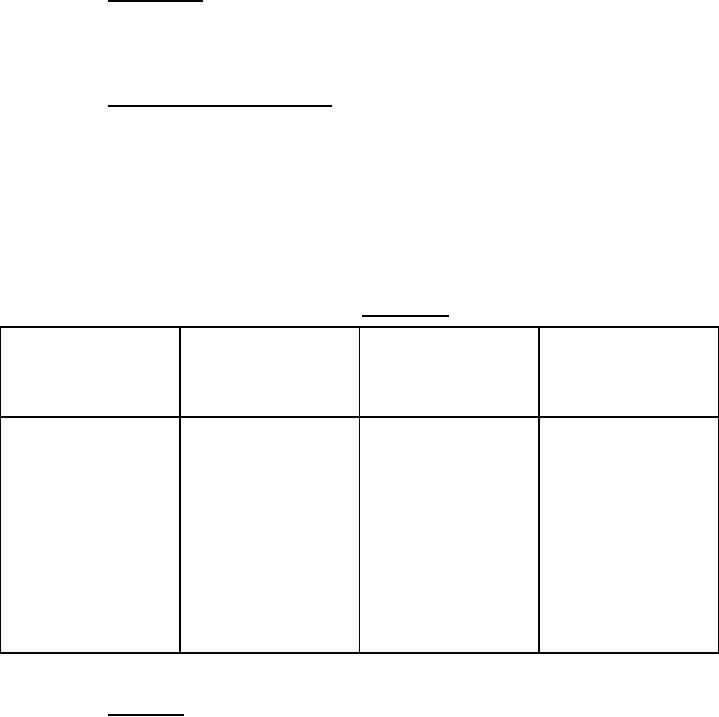
MIL-DTL-5099C
4.5.2 Case leakage. A vacuum, sufficient to produce a change of reading of the pointer
of approximately 18,000 feet, shall be slowly applied to the static pressure connection of the
indicator, at which point the connection tubing shall be pinched off or otherwise sealed. After
pinching or sealing, indicated pressure changes shall not exceed 100 feet in 1 minute.
4.5.3 Scale error (room temperature). The indicator shall be subjected successively to
the pressures specified in table IV. The reduction in pressure, as indicated by a standard
laboratory atmospheric barometer during the interval between test points, shall be made at a rate
corresponding to an increase in altitude of approximately 3,000 feet per minute. The indicator
shall remain at the pressure corresponding to each point for at least 1 minute, but not more than
10 minutes, before a test reading is taken. The scale errors shall be tabulated. Movement of the
pointer shall be free from backlash and any irregular motion when the pressure is varied
uniformly. The scale error at any point shall not exceed the tolerance listed in table IV. The
tests shall be repeated while decreasing the altitude.
TABLE IV. Scale errors.
-55 ±2 °C (-67 ±4 °F)
Room temperature
Equivalent
(variation from
(variation from room
Standard altitudes
atmospheric pressure
standard altitude)
temperature reading)
(inches Hg) 1
(feet)
(±feet)
(±feet)
0
29.921
200
300
5,000
24.896
300
300
10,000
20.577
400
400
15,000
16.886
500
500
20,000
13.750
600
600
25,000
11.104
700
700
30,000
8.885
800
800
35,000
7.041
900
900
40,000
5.538
1,000
1,000
45,000
4.355
1,100
1,100
50,000
3.425
1,200
1,200
1
Aeronautical pressure equivalents are listed from MIL-STD-859.
4.5.4 Hysteresis. Not more than 15 minutes after the indicator has been first subjected to
the pressure corresponding to the upper limit of the scale in the scale error test, the pressure shall
be increased at a rate corresponding to a decrease in altitude of approximately 3,000 feet per
minute until the pressure corresponding to the first test point given in table V is reached. The
indicator shall remain at this pressure for at least 5 minutes, but for not more than 15 minutes,
before the test reading is taken. After the reading has been taken, the pressure shall be further
increased at the above rate until the pressure corresponding to the second test point given in
table V is reached. The indicator shall remain at this pressure for at least 1 minute, but for not
more than 10 minutes, before the test reading is taken. After the reading has been taken, the
pressure shall be further increased at the above rate until atmospheric pressure is reached. The
reading of the indicator at either of the two test points shall not differ from the reading of the
indicator for the corresponding altitude in the scale error test by more than the permissible
variation given in table V.
12
For Parts Inquires call Parts Hangar, Inc (727) 493-0744
© Copyright 2015 Integrated Publishing, Inc.
A Service Disabled Veteran Owned Small Business